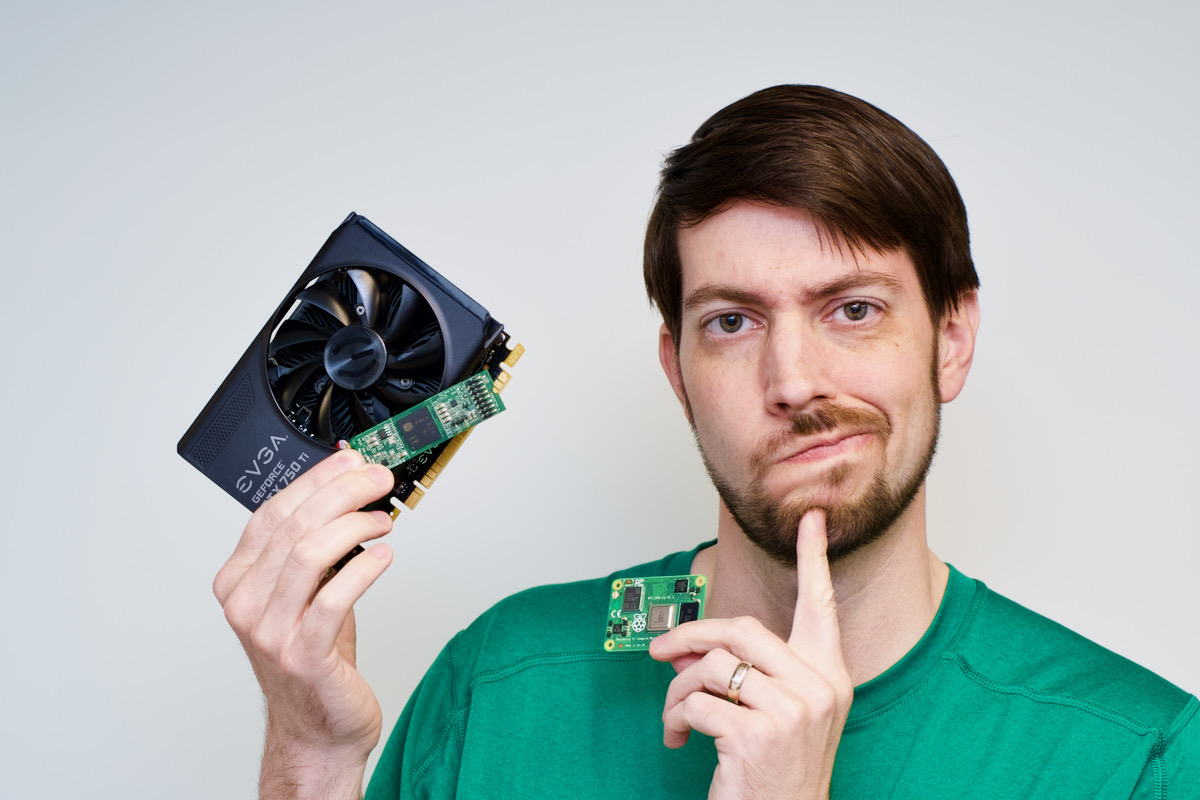Phoronix: Intel Mesa Driver Changes Land For Building On Non-x86 CPUs
A patch was merged today to Mesa 23.0 as part of the effort for building the Intel OpenGL and Vulkan Linux drivers for non-x86/x86_64 architectures. This is part of the ongoing effort to enable Intel discrete GPUs to eventually work on the likes of AArch64, POWER, and RISC-V systems...
A patch was merged today to Mesa 23.0 as part of the effort for building the Intel OpenGL and Vulkan Linux drivers for non-x86/x86_64 architectures. This is part of the ongoing effort to enable Intel discrete GPUs to eventually work on the likes of AArch64, POWER, and RISC-V systems...



Comment